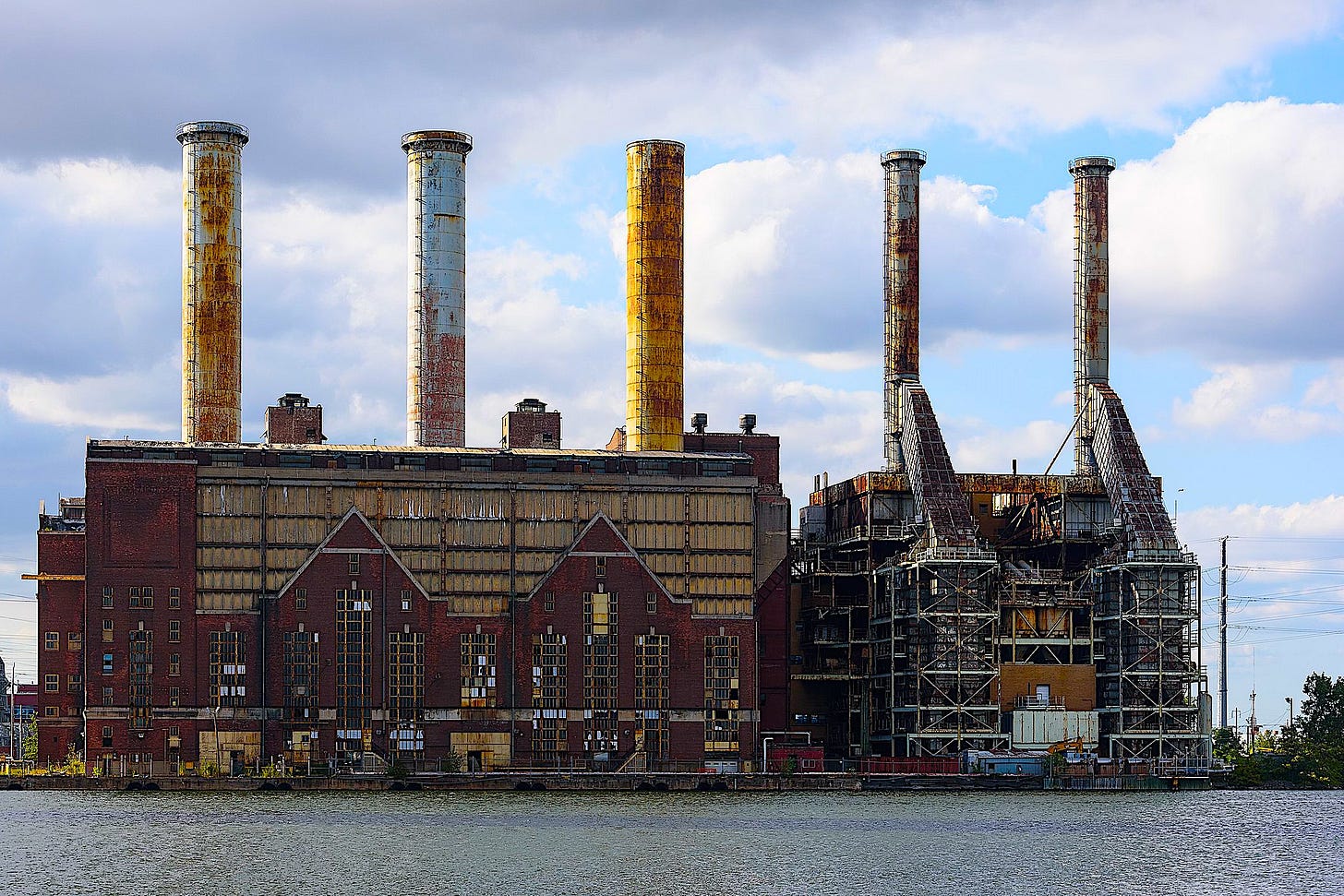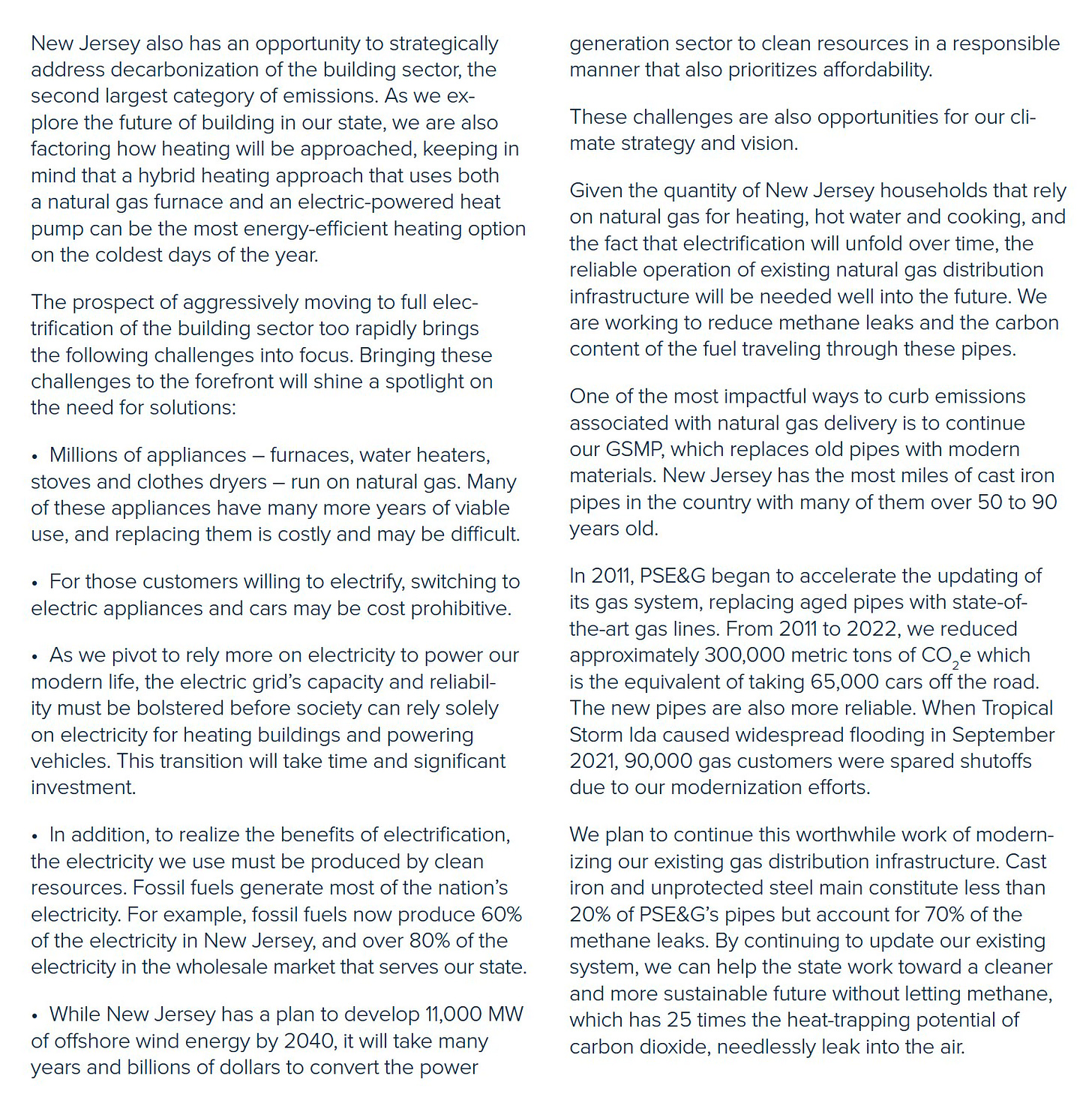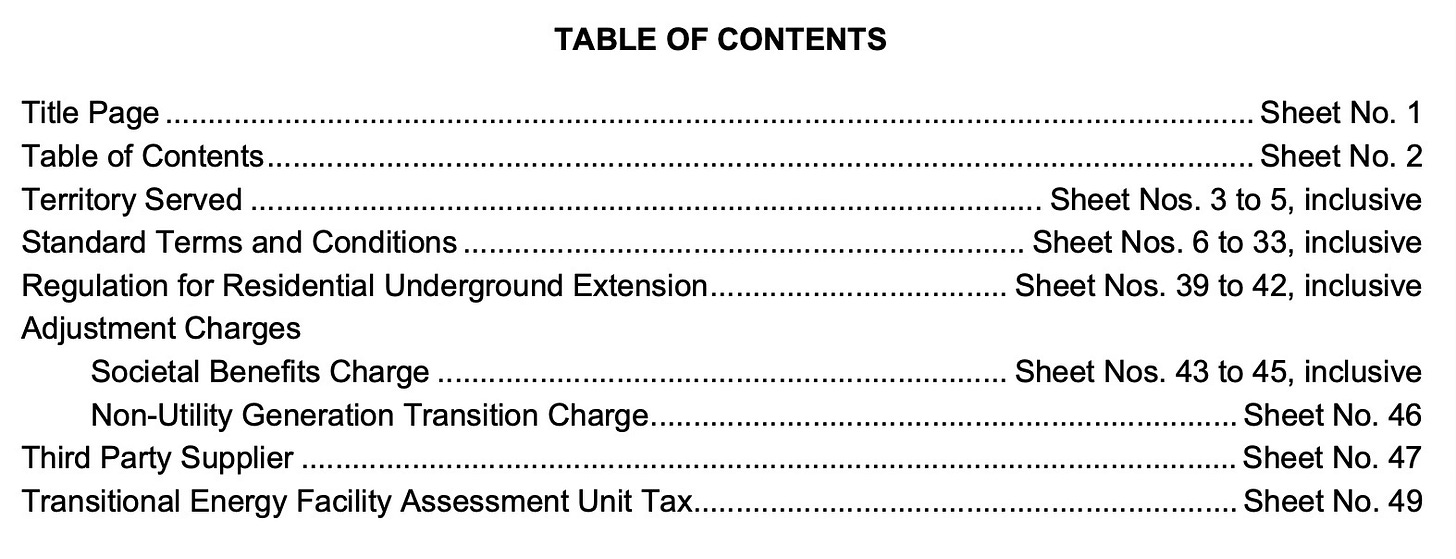New Jersey Utility, Bowing to Green Political Correctness, Says It's Going Gangbusters with It, But...
Guest Post from CFact.
Public Service Enterprise Group, or PSE&G, is a utilities company headquartered in Newark, New Jersey. Known as the largest provider of electricity and natural gas in the state, the company boasts a diverse power production portfolio, including investments in three nuclear power plants.
But despite its solid reliance on affordable and reliable energy, PSE&G released its 2024 board report indicating a major shift toward “renewables” such as solar and wind, including a $2.9 billion dollar commitment to its “Clean Energy Future” program which aims at reducing electric usage by 2% and gas usage by 0.75% annually.

This change in direction gave CFACT’s Nate Myers the opportunity, during PSE&G’s annual shareholder meeting last Tuesday, to ask CEO and President Ralph A. LaRossa this pointed question: “New Jersey’s energy grid is already under strain, and you admit there’s a backlog in connecting new generation. How do you plan to maintain reliability when you’re fast-tracking green energy mandates while retiring dependable baseload capacity?
Mr. LaRossa responded by stating, “Great question and very topical. There’s a lot of folks saying our grid is antiquated. However, that’s not a problem for PSE&G. We started transitioning our energy supply system back in 2003, now we’re really focused on the “last mile” of getting that transition into customers’ homes. There’s lots of balancing going on, between generation from fossil fuels, nuclear, or renewable energy. That’s all done by our regional transition authority. They provide the resources for us, and we deliver them. I think our grid will stack up well. It’s the best in the region.”
Despite LaRossa’s tactful response, CFACT wasn’t swayed. A sizeable portion of the company’s board appointees are openly hostile toward fossil fuels and nuclear energy, and its most recent board report indicates a serious newfound emphasis on so-called renewable energy to the detriment of proven power sources.
In fact, the company has recently stated publicly that it aims to achieve net-zero carbon emissions for its operations by 2030, and it even supports the state of New Jersey’s radical objective of going 100% (so-called) “clean energy” by 2035. We should expect this to work no better in New Jersey than it does in Europe where high prices and blackouts are common.
CFACT will continue to monitor PSE&G’s movement in the renewable energy market and keep its shareholders apprised.
Editor's Note: This utility is yet another trying to go woke and somehow balance this with meeting the needs of customers, which isn’t possible beyond the short term. The smarter strategy would be talking honestly from the beginning and explaining that more green energy will only mean higher electric rates, but utilities are government brown-nosers by nature, and there’s money to be simply by raising rates and using green energy as the excuse, of course. The company is heading its bets, though in its most recent "Sustainability Report” as this excerpt indicates:
Notice the weasel wording, and there's a lot of it. But, anyone can see the underlying problem by comparing 1999 and 2025 tariffs applicable to this utility. Here is 1999 Table of Contents:
Despite the euphemistically name “Societal Benefits Charge” and whatever the Transitional Energy Facility Assessment is, the list is more or less what one would expect and is fairly understandable. But, now, look at the current Table of Contents:
Notice how the tariff now includes several rate adjustments for green-energy that destroy any semblance to market rates. It’s all one huge Rube Goldberg rate contraption that is perfectly non-understandable with adjustments upon adjustments designed to accommodate unneeded renewables that only destroy price signals. It doesn’t work and cannot, which why CFACT is correct to stay on the subject.
#Wind #Solar #NewJersey #CFact #PSEG #PSE&G #ElectricRates #GreenEnergy #Renewables #NaturalGas







I sat in on a meeting yesterday with west coast utilities and suppliers of high voltage grid equipment. 230kV and higher circuit breakers still have a 4 to 5 year wait. Every new renewable generator requires both to connect to the grid. If the New Jersey crowd is going to be Net Zero by 2030 they’ll have to figure out a whole new way to connect renewables to the grid that doesn’t involve transformers or circuit breakers. Surprised the CEO of PSE&G isn’t aware of this.
The decision makers that don’t understand electricity are making political promises without any backup to the plan of technical practicality - often without any consideration of the physical requirements or technical engineering design.
What could go wrong?